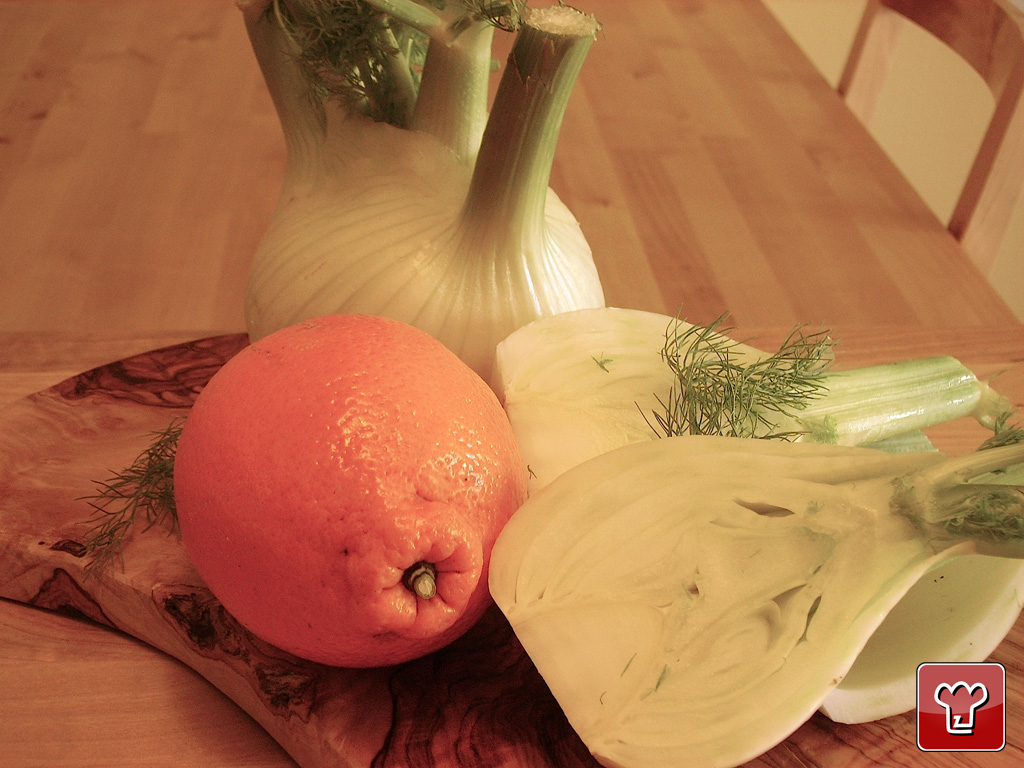Orange and fennel salad
Today we suggest an idea for a fresh and light salad which is a bit out of the ordinary, but still made with seasonal fruit and vegetables. If the combination of fruit with vegetable leaves you feeling uncertain, don’t worry: you'll discover that fennel and oranges (or citrus fruits in general) work very well as a really cool, refreshing and crisp pairing. Fennel and orange are never missing from our winter pantry, always ready for unexpected guests. There’s no need to be concerned: we get the most out of these two ingredients to invigorate a starter or side dish, it’s both fresh and tasty, and will certainly be enjoyed by everyone. If served as a starter, this salad of fennel and orange is good both as an introduction to a meal of meat or fish. You could also serve it alongside cold meats or fish, for example with some smoked swordfish. Alternatively, this salad is perfect as an interlude or conclusion to a meal of other dishes, to cleanse the palate.
Ingredients
-
pepper

Send the recipe
Preparation
Clean the fennel, removing the outer leaves. Cut into four segments and then cut each of these into thin vertical slices. Peel the orange and remove all the pith (the white part) and with a knife cut into small segments without disturbing the pulp. From the leftovers of the orange, squeeze out the juice which will serve as a dressing. Now put the cut fennel and orange in a bowl and season with olive oil, pepper and salt (I personally prefer grinding sea salt).
Step by step
|
View the step by step
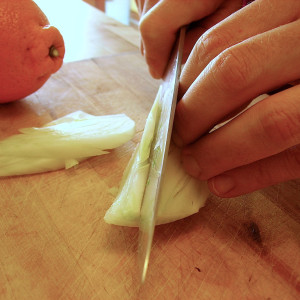
|
Cut the fennel into thin slices
|
|
View the step by step
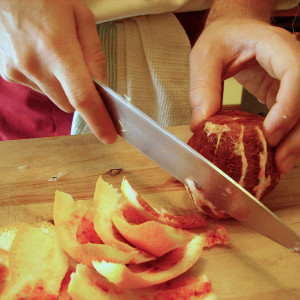
|
Peel the orange
|
|
View the step by step
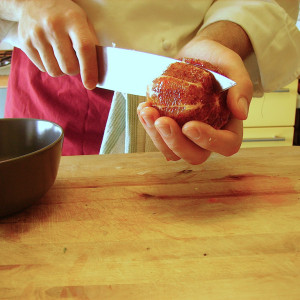
|
Cut the orange into segments
|
|
View the step by step
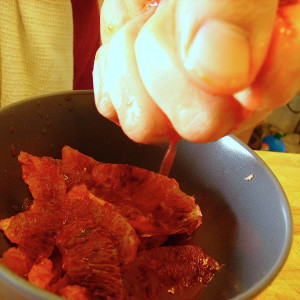
|
From the leftover orange bits, squeeze out the juice
|
|
View the step by step

|
Dress the fennel with the orange juice and segments, then add salt, pepper and extra virgin olive oil
|




